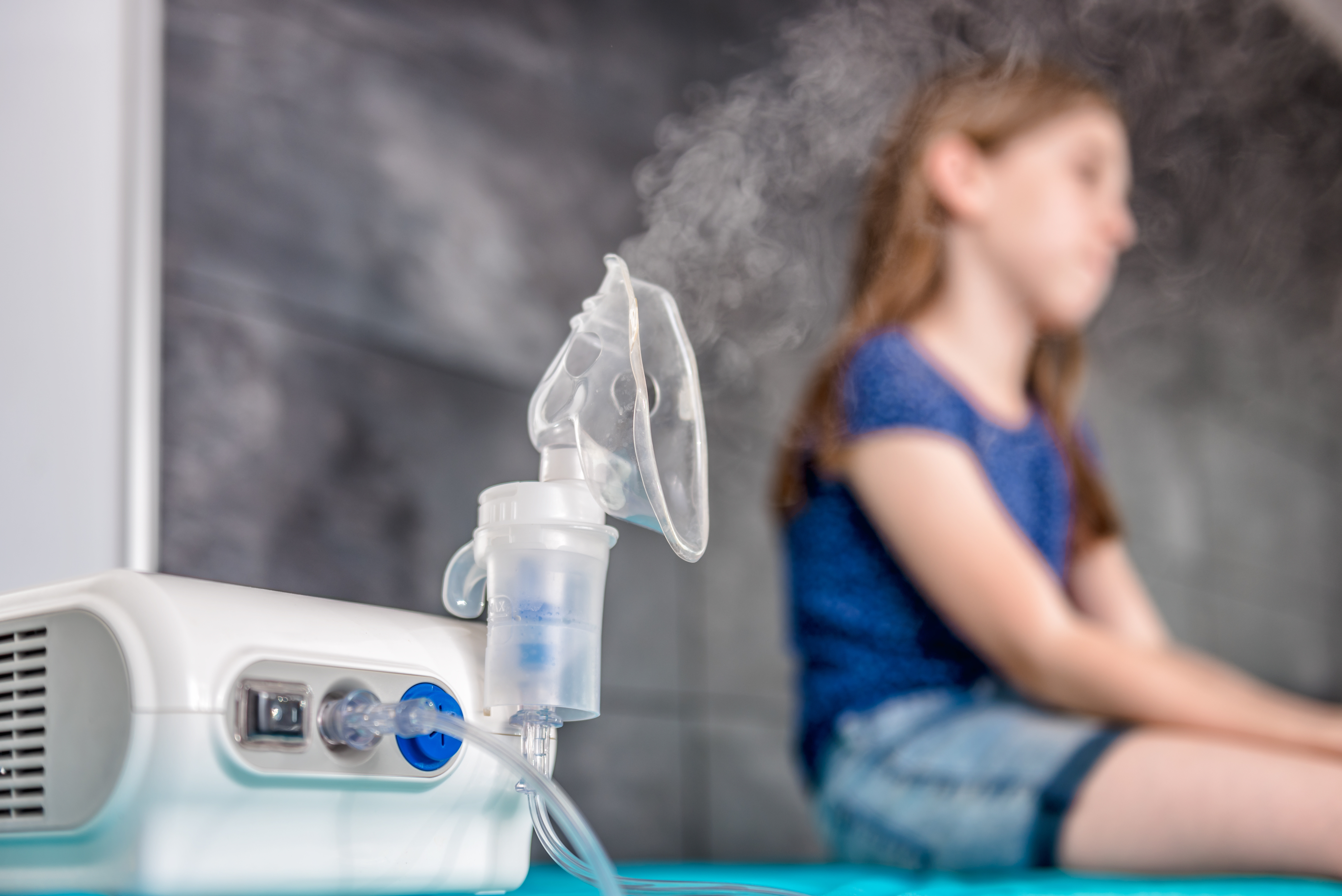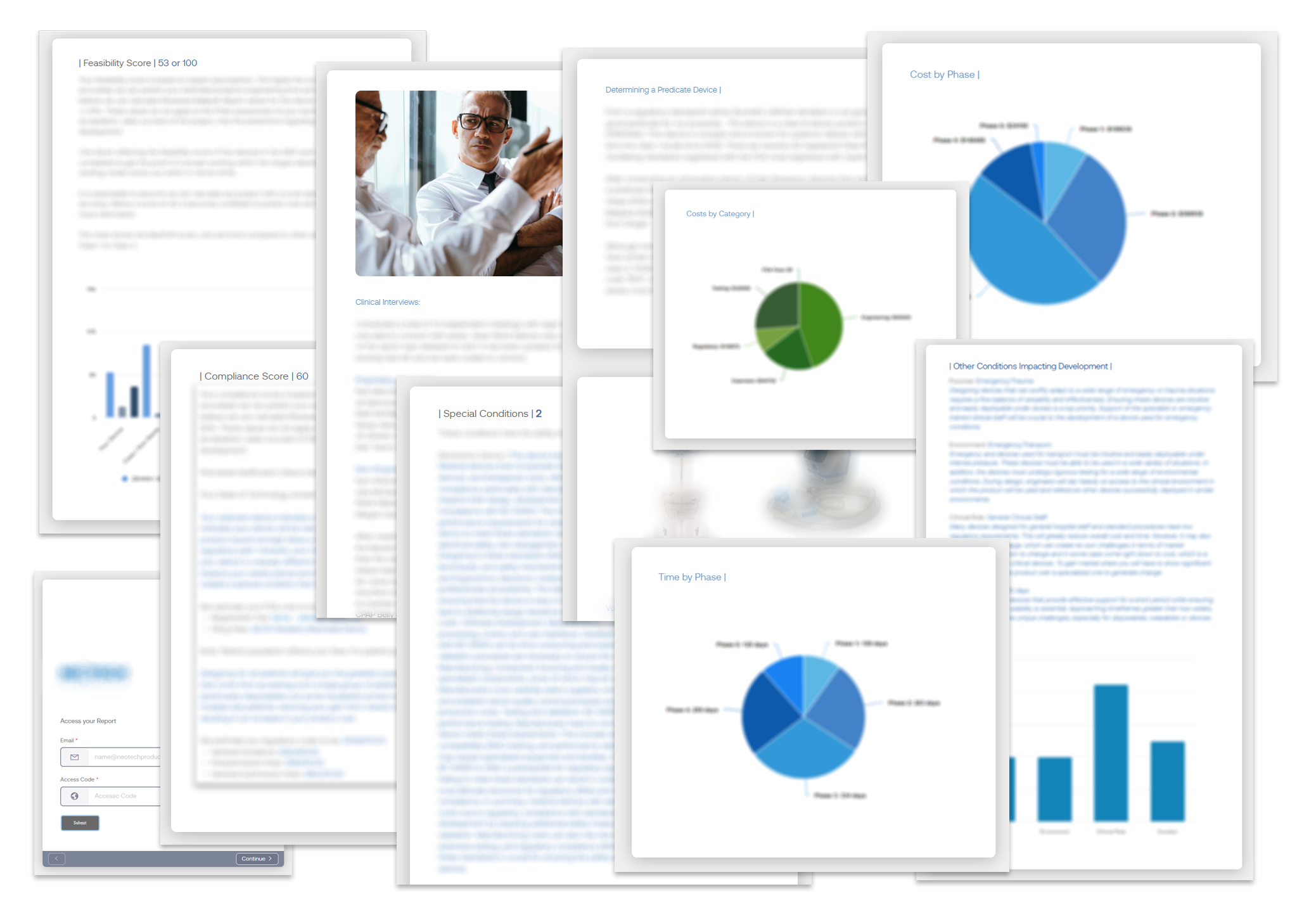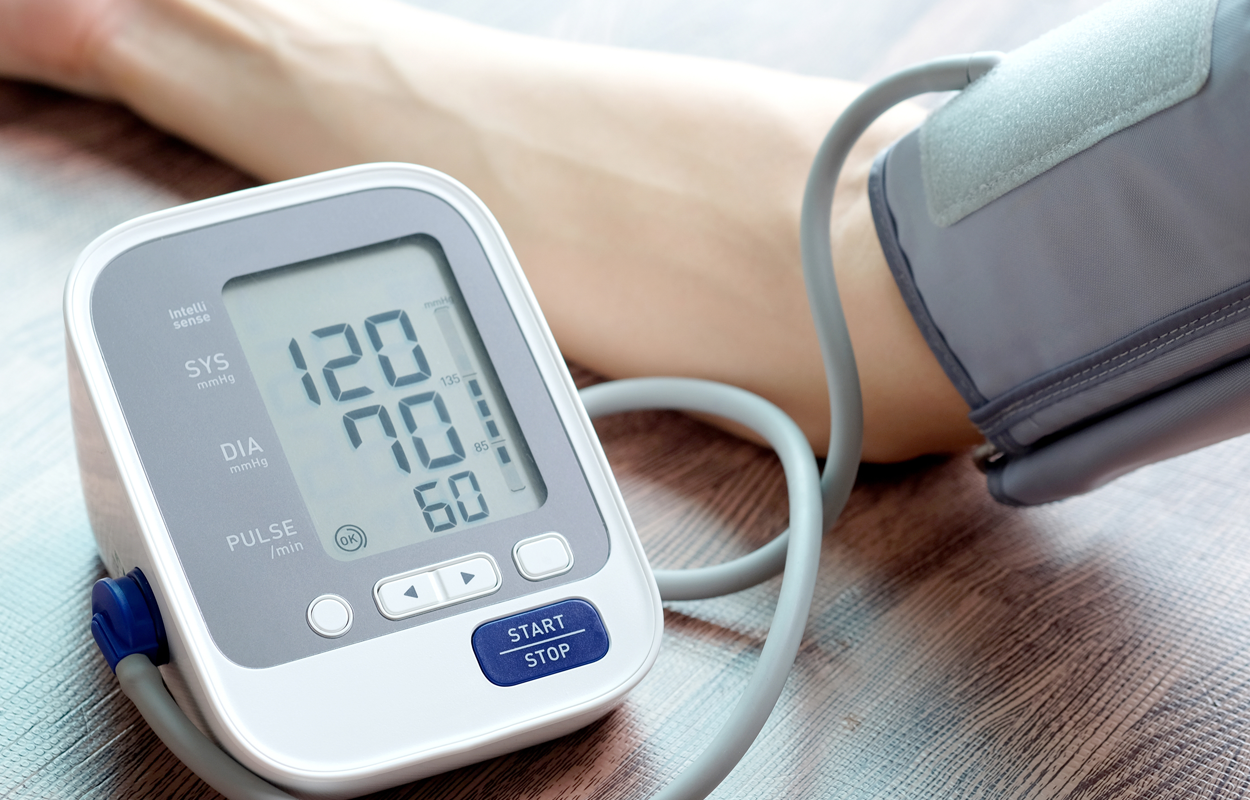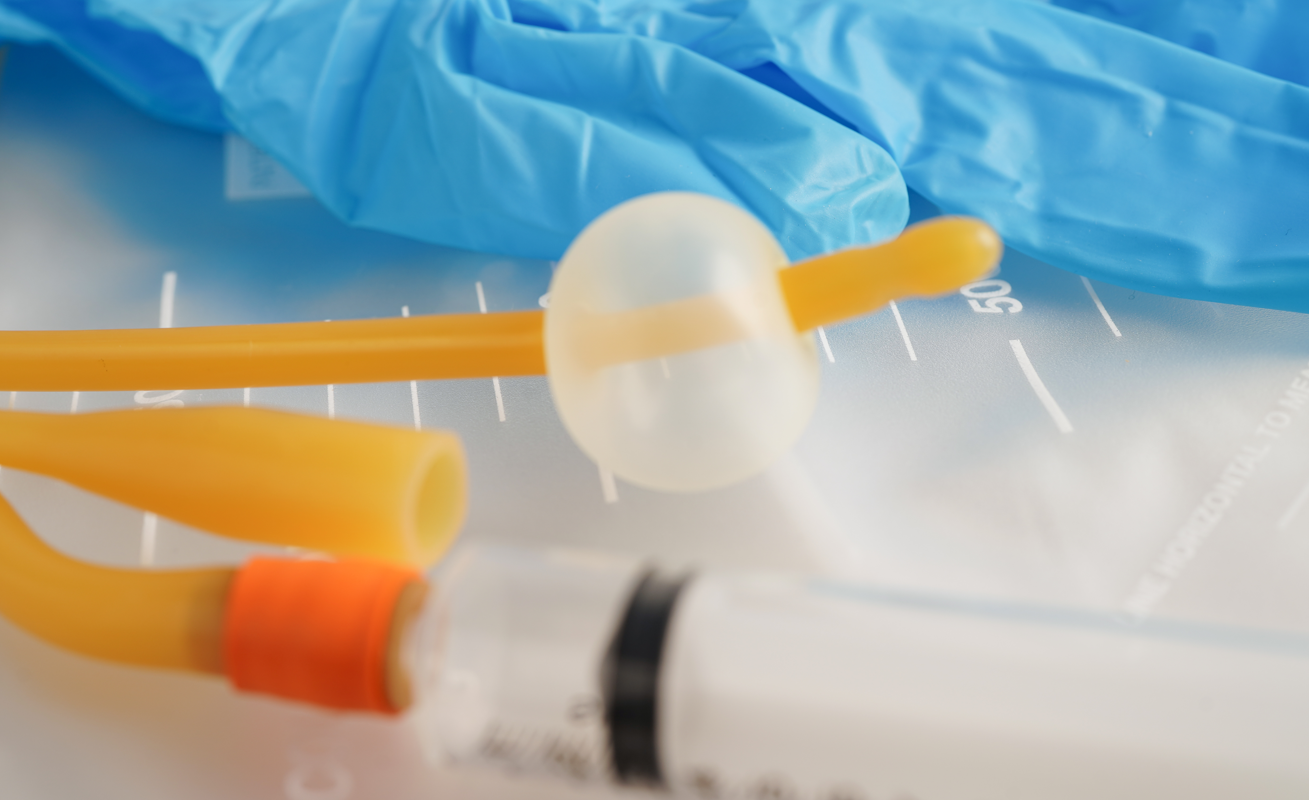
Nebulizer Device
Device Type: Anesthesiology - Therapeutic
FDA Description:
A nebulizer is a device intended to spray liquids in aerosol form into gases that are delivered directly to the patient for breathing. Heated, ultrasonic, gas, venturi, and refillable nebulizers are included in this generic type of device.
To generate reports at The Zewski Report, we use a variety of sources for inputs. When analyzing an existing device, we will review the following items and create a Ballpark report on what we believe the development pathway would be in today's market for a device similar to the one known.
- FDA Records
- Recognized Standards
- Other Known Testing
- Review of Existing Design
- Review of Existing Assembly
In order to generate a report for a device that is not approved or designed, it takes a little more effort. However, we still can create a report with limited information. In this scenario, we will help identify your indications for use and review your patent. This allows us to home in on critical data including:
- FDA Records with Similar Intent
- Associated Recognized Standards
- Experience Based Test Knowledge
- Patent Review for Design Intent
- Known Technology Needed for Manufacturing
Device Classification
| Device Name | Nebulizer (Direct Patient Interface) |
| Regulation Description | Nebulizer |
| Regulation Medical Specialty | Anesthesiology |
| Product Code | CAF |
| Submission Type | 510(K) |
| Regulation Number | 868.5630 |
| Device Class | 2 |
| Implanted Device | No |
| Life Sustaining Device | No |
| Third Party Eligible | No |
| The disposable component may fall under a separate product code. | |
Design Assumptions
The nebulizer device is a non-sterile device, reusable device that can be used with multiple patients with appropriate sanitizing between patients. It is used therapeutically with patients who have asthma, chronic obstructive pulmonary disease, cystic fibrosis, chronic bronchitis, and other respiratory issues. The device is typically used for less than 1 hour consecutively.
This device comprises injection molded and extrusion molding technologies including various components of various sizes. In addition, the internal assembly may include a sheet metal frame and electronics controls including sensors, pumps and various controls. The disposable portion of the device may include a medication reservoir and filtrations system attached to tubing and nasal mask or oral mouthpiece.
The developer should expect to spend nominally ~$1.7M on non-recurring engineering (NRE) costs and expenses, including limited production tooling for verification samples. In addition, no less than 15% dedicated toward a proof-of-concept for feasibility evaluation before the start of design for manufacturability.
The device is not exempt from good manufacturing practices, including design controls requiring design traceability documentation to be compliant with regulations. Developer can expect 20-30% of NRE costs to be used for these purposes.
Cost by Category

Cost by Phase

Time by Phase

Regulatory Assumptions
The nebulizer device is a moderate-risk Class II device categorized under regulation number 868.5630 which covers three product codes – this report deals with product code, CAF. The device is intended for facility use and has a 510(k) submission type.
The developer could expect to spend over $51,000 in regulatory support fees, which may include pre-submission preparation. The FDA also has fees for small businesses that may range between ~$8k (for a 510(k)) and ~$35k (for De Novo) for adult indicated devices. It should also be noted that the nebulizer device is not eligible for third party review.
Testing Assumptions & Consensus Standards
The device is subject to several testing requirements based on several conditions that increase the difficulty of development and approval. Since it is a gas pathway, the device is subject to extractable and leachable (E&L) testing to analyze what potentially harmful materials could be inadvertently administered to patients. The device also has electrical components and requires EE safety pack, as well as software testing. Additionally, several mechanical tests are necessary to analyze the performance of the device, such as: leak, connection, patency of lumen, axial separation, and more. Developer should plan to spend ~290k on compliance and safety testing for a device with similar functions to this device.
Below are the listed recognized consensus standards from the FDA website:
1-134 ISO 18562-1 First edition 2017-03Biocompatibility evaluation of breathing gas pathways in healthcare applications - Part 1: Evaluation and testing within a risk management process
1-135 ISO 18562-2 First edition 2017-03
Biocompatibility evaluation of breathing gas pathways in healthcare applications - Part 2: Tests for emissions of particulate matter
1-136 ISO 18562-3 First edition 2017-03
Biocompatibility evaluation of breathing gas pathways in healthcare applications - Part 3: Tests for emissions of volatile organic compounds
1-137 ISO 18562-4 First edition 2017-03
Biocompatibility evaluation of breathing gas pathways in healthcare applications - Part 4: Tests for leachable in condensate
1-173 ISO 18562-1 Second edition 2024-03
Biocompatibility evaluation of breathing gas pathways in healthcare applications - Part 1: Evaluation and testing within a risk management process
1-174 ISO 18562-2 Second edition 2024-03
Biocompatibility evaluation of breathing gas pathways in healthcare applications - Part 2: Tests for emissions of particulate matter
1-175 ISO 18562-3 Second Edition 2024-03
Biocompatibility evaluation of breathing gas pathways in healthcare applications - Part 3: Tests for emissions of volatile organic compounds
1-176 ISO 18562-4 Second Edition 2024-03
Biocompatibility evaluation of breathing gas pathways in healthcare applications - Part 4: Tests for leachable in condensate
Manufacturing Intent
The device does not employ any area of manufacturing technology that is not well established, and extrusion and injection molding techniques are readily available. Therefore, the driving force that determines the product cost will be the ability to automate the production and produce in high volumes. The lower the volume the higher the cost of development.
Custom Reports
Unlock the full potential of your medical device with a comprehensive custom report from The Zewski Report. Our tailored reports are designed to provide everything you need to confidently present your program to investors. Click below to discover the extensive insights and detailed analysis we can include to help you secure the funding and support you need.

.png?width=4200&height=441&name=Zewski_Report%20Logo%20(Shirts).png)

